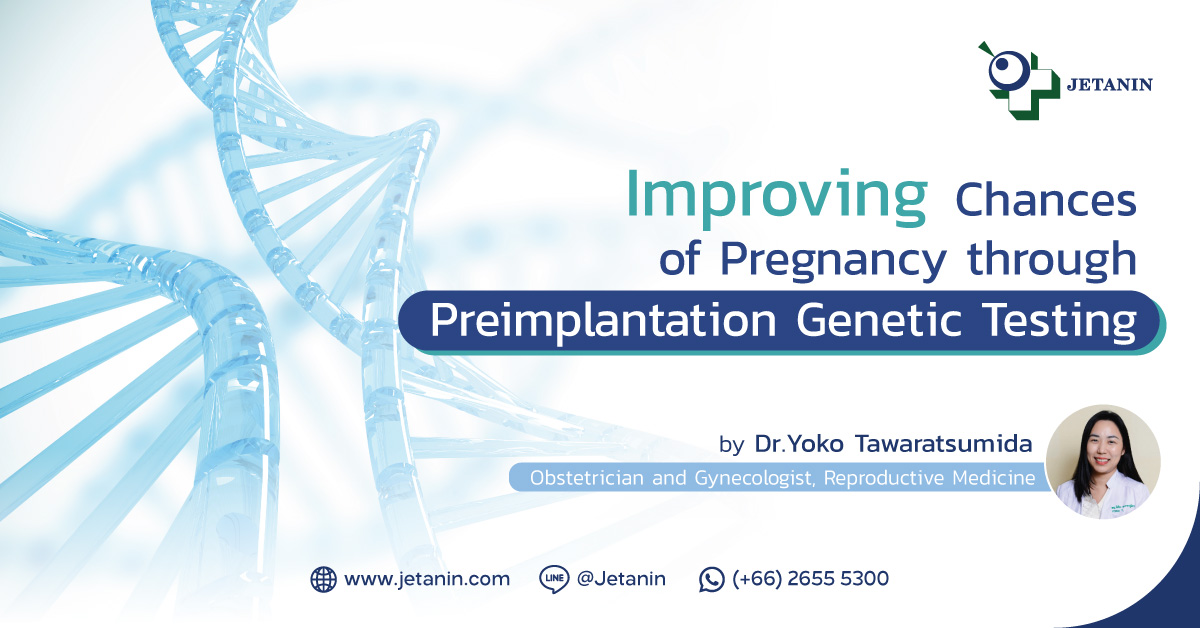
Preimplantation genetic testing, a technique used to detect abnormalities in the chromosomes of the embryos, is genuinely another important step to increase pregnancy rate.
What is a Preimplantation Genetic Testing for Aneuploidy?
Preimplantation Genetic Testing for Aneuploidy which is commonly known as the PGT- A test is a procedure that helps in detecting abnormalities in the number of embryonic chromosomes. It is also a procedure that helps in selecting the best embryo which can then be transferred into the woman’s uterus.
How does PGT-A increase the chances of getting pregnant?
It is generally acknowledged that each embryo contains a total of 46 chromosomes (23 pairs). In some unfortunate cases, some of these chromosomes are missing or having an extra chromosome. As a result, this may effect to the embryo development. Currently, modern testing methods which are also standardized, the NGS or the Next Generation Sequencing technology. These methods are actually faster and more accurate. This technique can help to detect abnormal chromosome numbers and help in selecting the normal embryos that can be later transferred into the woman’s uterus for a successful pregnancy.
Why should you have a PGT-A test?
Preimplantation genetic testing is a common part of an IVF treatment for infertility. PGT-A can increase the chances for the woman to get pregnant and having a successful pregnancy. Especially in women with a history of miscarriages or with a history of having a child with chromosomal abnormality and specifically in women with aged 35 years and above. It is very importance to assess and screen for embryo genetic disorders such as Down Syndrome which can cause the baby to be born with physical and intellectual disabilities.
Procedure of a PGT-A screening
The main steps of preimplantation genetic screening are as follows.
– Embryo biopsy: Embryonic cells are collected from embryos for PGT-A analysis.
– PGT-A with NGS technology: PGT-A is performed via Next Generation Sequencing technology.
– Embryo Selection: The best embryo is selected for embryo transfer.
– Embryo transfer: Embryo transfer step comes after preimplantation genetic testing. This is the step where the best embryos are selected and transferred back into the women’s uterus. Couples can also choose to freeze embryos with normal chromosome numbers for embryo transfer in future.
In addition to increasing the chances for women to successfully get pregnant, PGT-A test also reduces risk of abnormalities in the baby. Moreover, PGT-A can help to increase the confidence that their soon-to-be-born baby will be strong and healthy. Therefore, preimplantation genetic testing or PGT-A is a very important and effective step in a couple’s journey through a successful pregnancy.
Written by
Dr.Yoko Tawaratsumida
Obstetrician and Gynecologist, Reproductive Medicine
